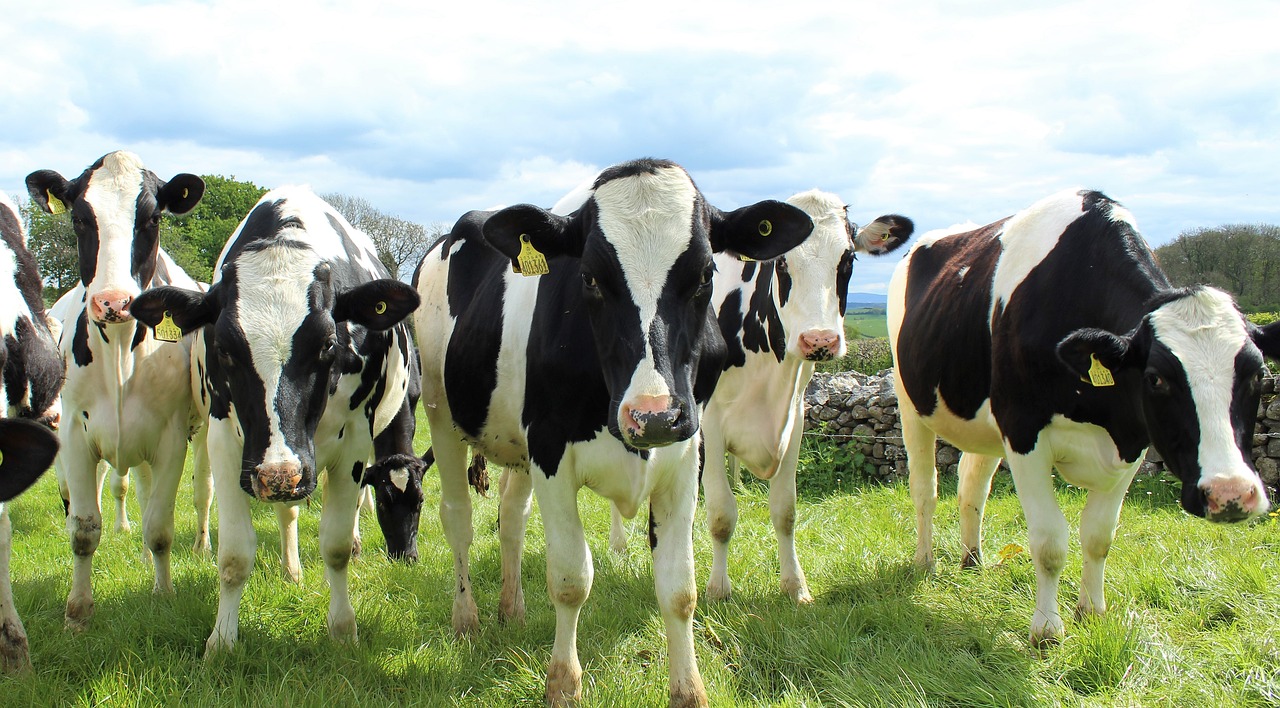The Agri-food and Biosciences Institute (AFBI) has said that it has detected two cases of lungworm in carcasses submitted, respectively, to both Omagh and Stormont postmortem labs in the last two weeks (July 2025).
Parasitic pneumonia in cattle colloquially known as husk or hoose is caused by lungworm.
According to the AFBI, the cattle were aged between 12 and 15 months, and both were out at grass. One was a case of sudden death while the other was treated for pneumonia.

The most common clinical signs of lungworm infection are a “husk” like cough, and increased respiratory rate, with or without temperature, depending on the involvement of secondary infection.
However, the AFBI said that with a heavy infestation acute respiratory distress and rapid death can occur.
Other signs of lungworm infection include weight loss, drop in milk yield and anorexia.
AFBI
The AFBI outlined that cattle are infected with lungworm by ingesting larvae from pasture, with the severity of disease affected by the number of larvae ingested, and the response of the animal.
The larvae invade across the intestinal wall, and move in the blood stream to the lungs, where they develop into adults. The adults then produce larvae, which are coughed up, swallowed, and passed in the faeces.
Fully developed larvae survive on pasture for a relatively short time and are advantaged by wetter summers.
With rainfall in Northern Ireland above the monthly average in June, 2025, the AFBI believes that an increased number of larvae remains on pasture.
Parasitic pneumonia is suspected based on clinical signs and grazing history. However, it should still be a differential in housed cattle, particularly those not treated for lungworm following grazing, or those being zero grazed.
The AFBI said that confirmation of patent lungworm infection relies on detection of larvae in faeces, and that the standard faecal worm egg count will not identify lungworm.
If an earlier infection or reinfection syndrome, the infection is not producing larvae, is suspected, examination of the mucous retrieved by bronchoalveolar or tracheal lavage may assist with diagnosis.
Postmortem examination of any animal dying suddenly or from respiratory disease can also play a vital role in confirming the diagnosis.
According to the AFBI, parasitic pneumonia cases are likely to increase in the coming months, so it is advisable to monitor cattle closely for signs of coughing and consider lungworm as a possible cause of respiratory signs in affected cattle.

